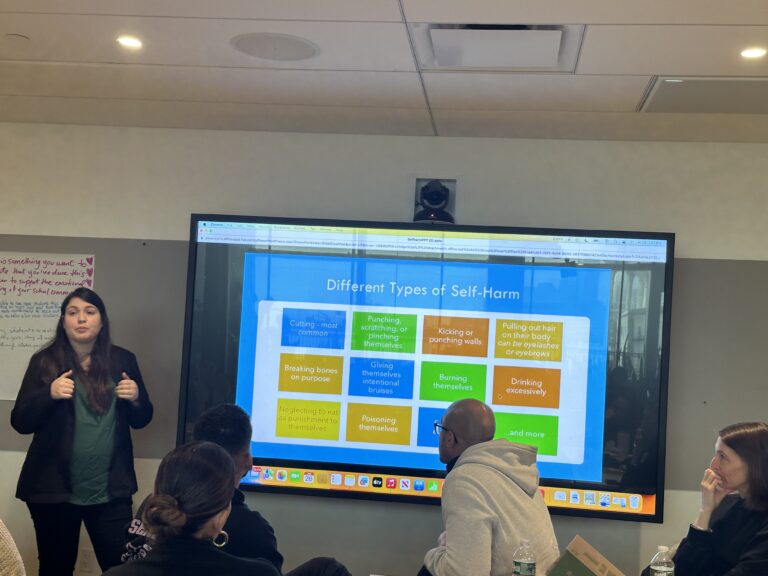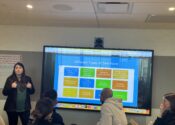 It’s never too soon to instill in children the importance of financial literacy — and it’s never too late for their parents to achieve it.
It’s never too soon to instill in children the importance of financial literacy — and it’s never too late for their parents to achieve it.
That’s why The Child Center promotes the concepts of budgeting and saving in age-appropriate ways across our programs.
At our Escalera Head Start in Manhattan, that recently took the form of a financial literacy workshop called, “Break the Paycheck-to-Paycheck Cycle,” organized by volunteers from TD Bank.
For the first part of the workshop, TD Bank employee Syeda Saad read books, including Alex and the Amazing Lemonade Stand by Liz and Jay Scott, to the children. Although the books were not overtly about financial literacy, Ms. Saad made connections to the importance of saving in ways the children understood.
The subtle lesson seemed to have an effect.
After the reading, the TD representatives distributed books, erasers, crayons, and stickers to the children.
That’s when an interesting thing happened, says Escalera Director Cristina Kuster-Miller: “One of the children looked down at how many treats he had — including two boxes of crayons — looked up at TD Bank Vice President Kristin Amato, walked over to her and said, ‘I don’t need another box of crayons. I already have one box.’ His behavior can be connected to the concept of using and having just what one needs, and saving what one would have spent on that extra item for something more important.”
Another child said she was going to make a lemonade stand in the summer to drink and sell lemonade.
The second part of the workshop involved parents and family members.
The TD Bank folks were eager to speak to them about breaking the paycheck-to-paycheck cycle, and families were just as eager to benefit from their expertise.
“We chose this topic because it’s something most of our families struggle with,” said Kuster-Miller. “When you’re barely making ends meet, it’s hard to think about saving, or know where to start.”
The presenters helped parents and caregivers review their expenses, determine where they could cut back even a little, and see in real terms how they could free up cash to pay off debts, save, and invest, within their own individual budgets. The presenters left families with handouts that would help them document their expenses, itemizing them in a chart week by week.
“A few parents mentioned to me that they liked the idea of tracking every single expense throughout the month to stay within their budget and start to save a little,” Kuster-Miller said. “It clearly was a topic that hit home for our families. We had over 80% of family participation. We expect to continue offering such workshops in the future.”





